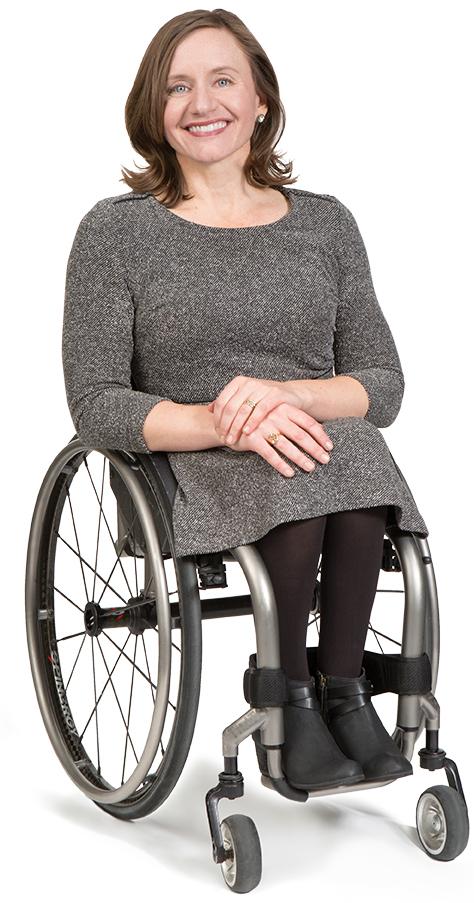5 Questions with an Adaptive Sports Medicine Expert
A conversation with Cheri Blauwet
- 3 minute read
- Interview
What does diversity mean to you?
It means making sure disability is part of the equation. Our definition of diversity shouldn’t consist of checking off a few boxes—race, ethnicity, gender. That leaves out a lot of other elements of the human condition. Inclusion is broad. In universal design, we think a lot about inclusion, with one obvious application being accessibility of buildings and structures.

Most elements of accessibility actually benefit everyone: elevators, curb cuts, and ramps all make it easier for wheelchair users but also help anyone, for example, people carrying luggage, pushing strollers, or delivering packages. Simply put, access makes our world more livable for everyone. We in the disability community know that everybody is only temporarily able-bodied.
How does the idea of inclusion play out in medical schools and in clinics?
In my acceptance speech for the School’s 2016 Harold Amos Faculty Diversity Award, I talked about how people with disabilities are so dramatically underrepresented within the profession and about some of the tangible and shocking statistics on the lack of people with disabilities in medicine.
We know that even in the past five years, individuals who define themselves as someone living with a disability make up only about 1 percent of current medical students. And we know that, by and large, people with disabilities hate going to the doctor because they feel judged. This feeling has led to an anti-medicine, anti-health care attitude among the disability community toward the medical profession.
What drew you to medicine?
In high school I realized that I liked the sciences and also liked working with people. I always thought medicine would be a good option, and I never really deviated from that idea.
My disabling injury as a toddler, coupled with my mom’s career as a nurse, meant that I had a lot of experience with health care. As a child with a disability you develop an early maturity about the health care system. You learn to be at ease when talking with doctors and nurses and to be your own advocate, even from a young age.
What are you working on now?
I look at the effects that organized adaptive sports programs have on the function and outcomes of people with disabilities. I also do a good deal of work with more competitive and elite athletes; in this area, our research is mostly focused on injury and illness epidemiology and prevention.
What is the one thing you’d like people to understand about being an athlete or a person with a disability?
When I was competing a lot, the slogan that I used—and that probably still stands—was, ‘no brakes,’ which was meant to have a double meaning. As ‘no breaks,’ people don’t want the expectations of them to be lowered. And as ‘no brakes,’ we want the world to know we are out there to win, to be ultracompetitive, to bring home medals, and to win money, just like any other competitive athlete with high-level aspirations.
We can’t expect people with disabilities to do less.
Cheri Blauwet earned gold and bronze medals in the 2004 Paralympic Games and silver and bronze medals in the 2000 Paralympic Games, and won the women’s wheelchair division in the 2004 and 2005 Boston Marathons; the 2003, 2004, 2005, and 2008 Los Angeles Marathons; and the 2002 and 2003 New York City Marathons.
Image: John Soares